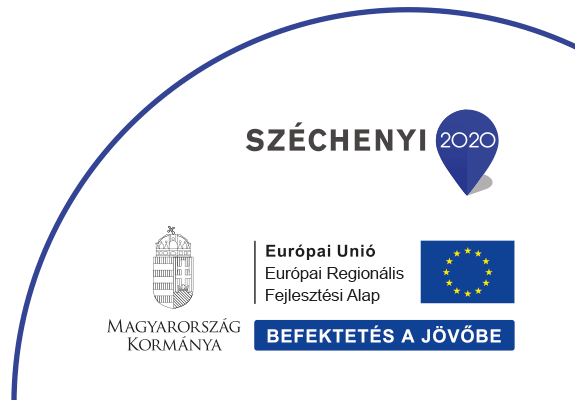Kovács Zoltán
Reménység és beteljesedés: Mária eszkatologikus példája
Tartalom
Tartalom: Bevezetés; 1. Mária személyének megdicsőülése; 2. A keresztény emberlét beteljesedése; 3. Az Egyház végső perspektívája; 4. A kozmosz megdicsőülése: „íme, én újjáteremtek mindent” (Jel 21,5); Konklúzió. Zoltán Kovács: Hope and Fulfilment: The Eschatological Example of Mary ‘As a sign of sure hope and solace’ (Lumen Gentium 68), the Church rightly views the Theotokos, glorified in body and soul and assumed into heaven after her life on earth, as occupying a prominent place in the Communion of Saints. Accordingly, her veneration also surpasses that due for other saints (hyperdulia). However, current theology characteristically does not speak of the ‘unique privileges’ of Mary but emphasises her role in the work of redemption and the activity of the Divine Spirit in her instead. Thus, the supernatural gift of heavenly glorification manifest in her individual life in a peculiar way cannot be separated from the Paschal victory of her Son, Christ, which becomes concrete in the person of His Mother (personal aspect). Having ‘fully reached her destination’, the full personality – body and soul – of Mary shows God’s plan, calling man to salvation: The ultimate goal of human existence is not salvation experienced in a spiritual dimension, in definitive separation from the body, but – similarly to Christ revealing Himself to His disciples as well after Easter – one that finds its fulfilment with the resurrection of the body and is granted everlasting life in the Holy Trinity (anthropological aspect). Mary enjoys the happiness of heaven not in ‘isolation’ but as the most distinguished member of the Church Triumphant, which forms an integral whole both with the Church Pilgrim and with the Church Expectant, as well as – most importantly – with her Head, Christ, thereby also exposing the communal character of our call to salvation (ecclesiological aspect). As all other creatures, the Virgin of Nazareth is, however, also an ‘actor’ of the world called into existence by God, and the fulfilment of her existence is thus not unrelated to the divine will to recreate the universe, either. In thinking about the recreation of the entire cosmos, Christ, who is King of the Universe, cannot be disregarded, for the Father ‘created all things through Him and for Him’ (Col. 1:16), and He will fully subject all things to the Father at the end of time (cf. 1 Cor. 15:28). As ‘the Queen of all creation’ – in line with the formulation used by Pope Francis (Laudato si’, Ch. 6/VIII) – the Mother of God, subjected to Christ, shares in His royalty and thus participates in the created world, which awaits fulfilment (cf. Rom. 8:19), ‘reaching its final destination’, while interceding mainly for the salvation of men. Seeing Mary in the image of the Woman appearing as the ‘great sign’ in heaven (Rev 12:1) opens the way to one of the most precious gifts of Christ, the granter of our salvation (cf. John 19:25-27), on the earthly pilgrimage of our souls, as well as provides assurance of the fulfilment of our life on earth, which the risen Saviour offers to all. A proper Christ- and humancentred view may yield new avenues in this area for ecumenical and even interreligious dialogue, too. The people of God continuously experiences the protection of the Virgin Mary assumed into heaven in its faith and daily prayer (lex orandi – lex credendi) chiefly through the working of sensus fidei enlightened by the liturgy and the Spirit and sustains it as a living connection (see: Mother of the Church). All in all, it is reasonable to conclude that the eschatological example of Mary is a genuine source of hope on the road to fulfilment.

